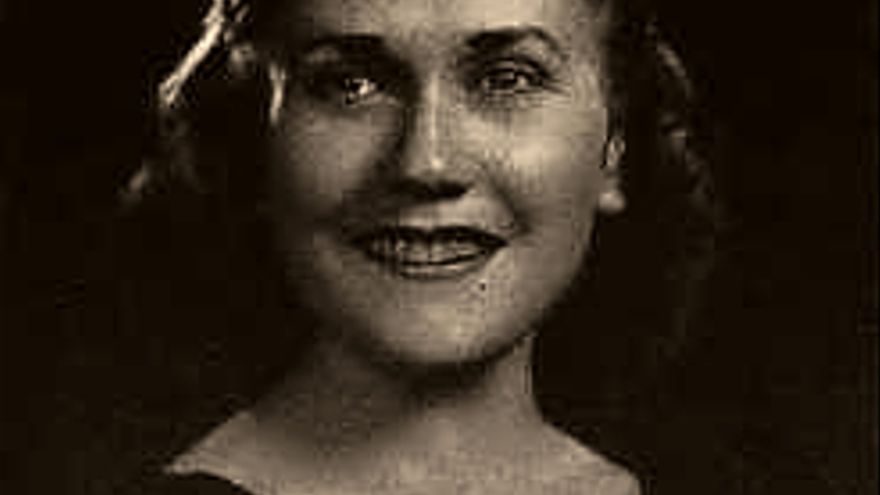
This article originally appeared in Spanish at El Diario. You can find all of the English versions of the Fighting Basques series here.
The struggle of women for equal participation in American society – from the right to vote, achieved in 1920, and women advancing in equality with men in terms rights and responsibilities derived from their full citizenship, to social and labor rights (access to the labor market or equal pay) – had a certain push (certainly short-lived) during the Second World War (WWII). It is here, and beyond their roles in office, hospitality or cleaning jobs, when a large number of women entered the labor market for the first time or, also for the first time, found jobs reserved until then exclusively for men, who were mobilized by the war efforts. The war economy desperately needed the labor of women and they proudly participated, just like the fictional character of Rosie the Riveter, in all kinds of jobs – whether as drivers of ambulances, buses, trains or trams, mechanics or engineers and/or in factories dedicated to war machinery, building ships, airplanes or manufacturing weapons or ammunition, among other materials. Often, however, they worked conditions that were deficient (dangerous, hard, and unhealthy) and unequal compared to their male partners (for example, with much lower wages) and in a context in which some men treated them with harassment and resisted the presence of their new partners.
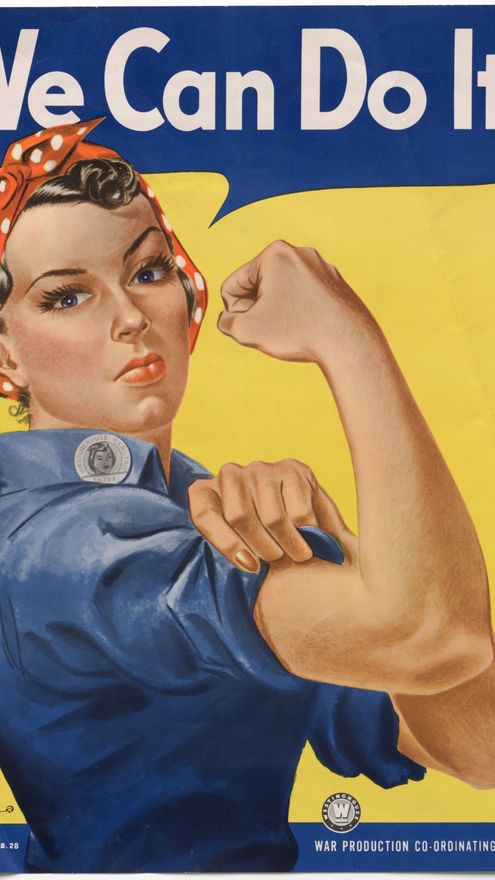
The Basque-American community, like the rest of American society, took an active part in the war effort. As we have seen, women were a key element in the war economy, both in its civilian and military dimensions. Among the first we have the Californian Benita Serrano Cartago, born in 1923 on a sheep ranch in the town of Huron, owned by her parents, who had emigrated from Nafarroa. At the age of 19 she moved to Stockton, California, where she worked until the end of the war as a welder, living, as she said, “some of the best moments of her life” (1). Benita received the ‘NAVY E’ Award for her excellent work at the shipyard. She passed away at the age of 95 in 2019 in Fresno, California. Similarly, during the war, Felisa Caballero Errotaberea – born in Chino (California) in 1920 to Navarrese parents – worked both as an assistant at a gas station and rivetinag parts for the aircraft construction company Douglas Aircraft in her hometown. She passed away at the age of 96 in 2016 in Spokane, Washington.
“Echoes of two wars, 1936-1945” aims to disseminate the stories of those Basques and Navarrese who participated in two of the warfare events that defined the future of much of the 20th century. With this blog, the intention of the Sancho de Beurko Association is to rescue from anonymity the thousands of people who constitute the backbone of the historical memory of the Basque and Navarre communities, on both sides of the Pyrenees, and their diasporas of emigrants and descendants, with a primary emphasis on the United States, during the period from 1936 to 1945.
THE AUTHORS
Guillermo Tabernilla is a researcher and founder of the Sancho de Beurko Association, a non-profit organization that studies the history of the Basques and Navarrese from both sides of the Pyrenees in the Spanish Civil War and in World War II. He is currently their secretary and community manager. He is also editor of the digital magazine Saibigain. Between 2008 and 2016 he directed the catalog of the “Iron Belt” for the Heritage Directorate of the Basque Government and is, together with Pedro J. Oiarzabal, principal investigator of the Fighting Basques Project, a memory project on the Basques and Navarrese in the Second World War in collaboration with the federation of Basque Organizations of North America.
Pedro J. Oiarzabal is a Doctor in Political Science-Basque Studies, granted by the University of Nevada, Reno (USA). For two decades, his work has focused on research and consulting on public policies (citizenship abroad and return), diasporas and new technologies, and social and historical memory (oral history, migration and exile), with special emphasis on the Basque case. He is the author of more than twenty publications. He has authored the blog “Basque Identity 2.0” by EITB and “Diaspora Bizia” by EuskalKultura.eus. On Twitter @Oiarzabal.
Josu M. Aguirregabiria is a researcher and founder of the Sancho de Beurko Association and is currently its president. A specialist in the Civil War in Álava, he is the author of several publications related to this topic, among which “La batalla de Villarreal de Álava” (2015) y “Seis días de guerra en el frente de Álava. Comienza la ofensiva de Mola” (2018) stand out.
Other women in the Basque community chose to join the armed forces, the undisputed prototype of masculinity. About 350,000 American women served voluntarily, both at home and abroad, in the (auxiliary) military bodies created ad hoc at the beginning of the conflict and which were assigned to the different military branches. The objective was to free the soldiers from all non-combatant jobs (from administrative jobs to radio operators or airplane pilots) so they could be transferred to the front. These new military corps joined the traditional Navy and Army nursing corps, made up of a large number of women. However, this incorporation followed the same patterns of discrimination and inequality seen in civil society at the time, in accordance with the notion that the most appropriate place for women was the home. The female soldiers had to overcome the resistance and disdain of family, friends and society in general and the view that they were a threat to the status of men as soldiers.
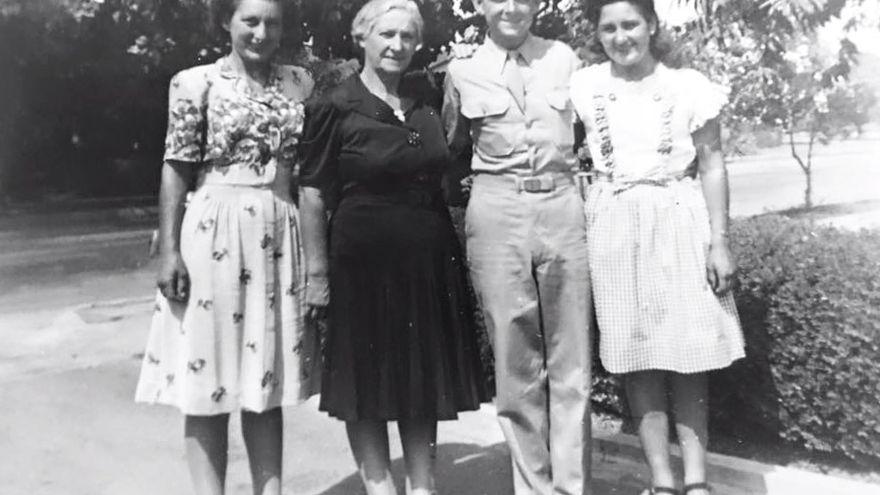
For example, within the Basque community of the State of Idaho, predominantly of Biscayan origin, there was an important group of women who served in the different military branches. In the women’s reserve corps of the Navy, officially called Women Accepted for Volunteer Emergency Service (WAVES), we find Lidia Magdalena Uranga Sabala, born in Boise, Idaho, in 1918 to Biscayan parents. She studied at Boise Junior College, where she obtained a teaching certificate. Some 84,000 women enlisted in the WAVES during the war, receiving from the beginning of its creation in July 1942 the same status as male reservists. Lidia enlisted in 1943 and was sent to train at Hunter College in New York and from there to the Naval Air Station in Atlanta, Georgia, where she graduated as an instructor for the ‘Link’ aerial simulator. Finally, Lidia was assigned to the Naval Air Station of Bunker Hill, in Indiana, where she worked as a Specialist (Teacher) Second Class, forming part of Patrol Squadron 19. She taught others to operate flight instruments as an instructor of the ‘Link’ aircraft control simulator, a job that consisted of giving advice to an officer who was conducting checks on the simulator. Lidia graduated in 1945 and passed away in her hometown at the age of 80. Women became a permanent part of the army in 1948.
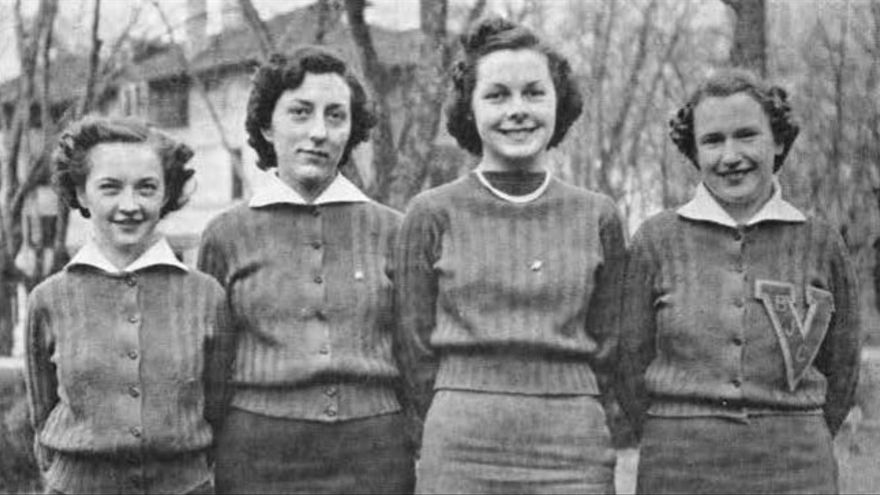
In the Women’s Army Corps (WAC), we have identified Beatrice Mendiola Ostolaza and Mary Osa Echevarria, both born to Biscayan parents in 1921, in Ontario, Oregon and Twin Falls, Idaho, respectively. They were two of the roughly 150,000 women who enlisted in the WAC, established in May 1942, and which provided the same military status and benefits as men – but with less pay until September 1943 when they finally received equal pay. This was a great advance considering that, in civilian industry, women received a much lower salary than men for doing the same job. Beatrice enlisted in 1943 in Salt Lake City, Utah, and was one of the first Basque women in Boise to do so, while Mary did so in San Francisco, California, in 1944. After receiving an intensive training course at Camp Ruston in Louisiana, Beatrice was sent to Camp Breckinridge in Kentucky and finally to Columbus, Ohio, where she graduated with the rank of sergeant. Mary passed away in 1991 in Santa Rosa, California, at the age of 69. Beatrice died at the age of 94 in 2016 in Cleveland, Ohio. In 1978, the Army abolished the WAC and fully integrated women into its ranks.
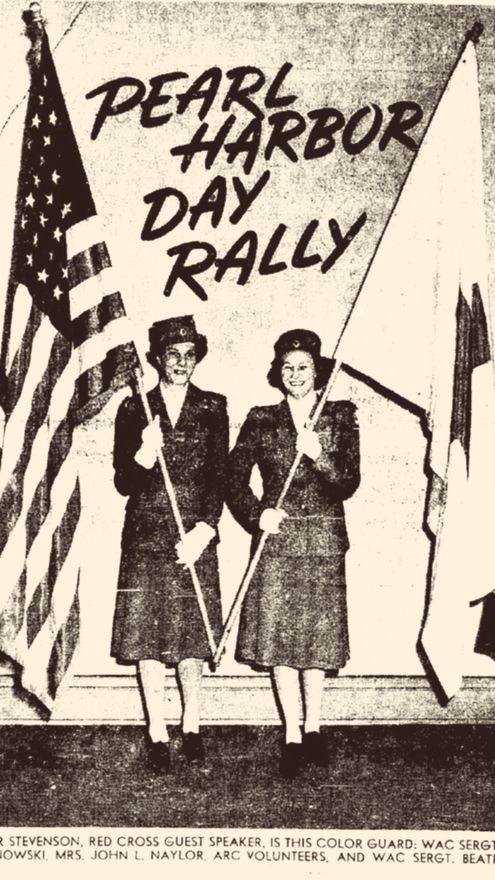
In the Army Nurse Corps (ANC), created in 1901 – originally without the military rank, pay or benefits of her fellow soldiers until June 1944 – we have Angelina Landa Portillo, born in 1914 in Merced, California, of a Navarrese father and Californian mother, and María Benita Rementeria Llona, born in 1917, in Hagerman, Idaho, of Biscayan parents. The ANC had more than 57,000 women in its ranks during WWII. Angelina, a nurse since 1938 at Fresno General Hospital, joined the ANC in 1941. According to her personal military file, she was first sent to Fort Ord, Marina, California, (Hospital Service Command Unit), staying there until December 26, 1942. From early January 1943 to February 1944, she worked at the Pendleton Air Force Base hospital in Oregon, primarily as a surgical nurse. Due to her excellent performance, Angelina was sent to the 81st Army General Hospital, based in Rhydlafar, Cardiff, Wales in mid-1944, where she treated the casualties of the Battle of Normandy. She was discharged with honors in January 1945 with the rank of Lieutenant. She passed away in 1981 in San Francisco at the age of 67.
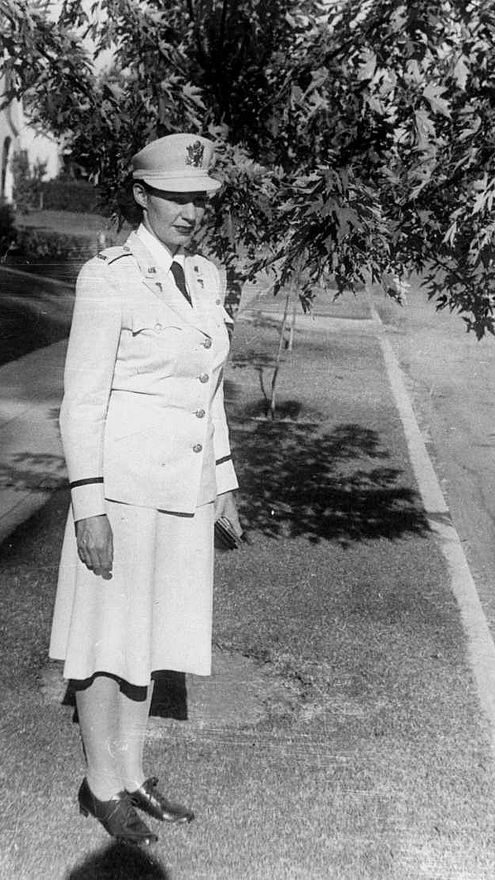
María Benita Rementeria Llona graduated as a nurse from St. Alphonsus Hospital in Boise in 1938. From the early 1940s until probably 1943, she worked as a nurse at the Marine Hospital in Seattle, Washington, serving war veterans, merchant sailors and the Coast Guard, among others. In 1943, Maria enlisted in the Army Nurse Corps. In March 1944 she was sent to Australia, serving as a lieutenant in the New Guinea campaign until the end of the war. Both the tropical climate and the diseases that accompany it made the work of María and her companions even more difficult. Malaria or dengue produced more casualties than enemy fire. The Idaho Sunday Statesman of August 13, 1944 reported how Maria “was living in primitive conditions to save the lives of the wounded.” In a letter sent to her parents, Benito and Luciana, María welcomed the advance of the war: “The news of the invasion was received here with great joy. And now our dazzling advances in the theater [of operations in the Pacific] keep our hopes high. But when I hear from patients how cautious and cunning the Japanese are, there is still a hard and constant struggle to be made.” At the end of WWII, María, with the rank of captain, continued her military medical career in the Commissioned Corps of the United States Public Health Service – the uniformed federal service of the United States Public Health Service, made up only of non-combatant commissioned officers. Maria retired with the rank of Colonel in the Army. As of today, she is the woman of Basque origin with the highest military rank that we have identified in our investigation into the Basque presence in the US armed forces of WWII. She passed away in Boise in 2000 at the age of 83. Her brother David had lost his life in England in 1944 when his “Flying Fortress” crashed while taking off for a combat mission.
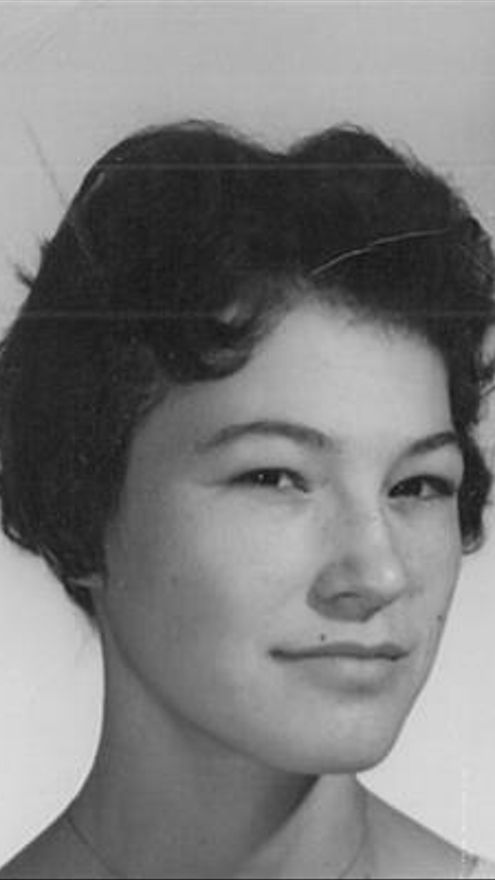
Symbolically, the ‘Rosies’ of WWII and those incorporated into the different branches of the armed forces demonstrated to the whole of American society as well as to the political and socioeconomic elites of the country that they were as capable as men to carry out every type of work outside the home, both in times of war and peace. The ‘Rosie the Riveter’ generation briefly caused society to rethink their preconceived ideas about gender, stereotypes and roles assigned to men and women by society and tradition. Still, other factors such as skin color, ethnicity, class, or religion continued to deeply divide American society and the labor movement itself. Sadly, the 1950s soon obliterated the crucial participation of women in the labor market of just a few years earlier, as they were once again relegated to a purely domestic role away from the “unconventional” jobs of the war. Seventy-five years later the struggle continues.
Through this article, the Sancho de Beurko Association wants to honor and recognize the contributions of women in the success of the Allied victory in World War II. This article is in itself a first step in the visibility of American women of Basque origin during this crucial period in our contemporary history.
(1) Obituary of Benita Serrano, published in the Fresno Bee on January 13, 2019.
If you want to collaborate with “Echoes of Two Wars,” send us an original article on any aspect of the WWII or the Spanish Civil War and the Basque or Navarre participation to the following email: sanchobeurko@gmail.com
Articles selected for publication will receive a signed copy of “Basque Combatants in World War II”.
Discover more from Buber's Basque Page
Subscribe to get the latest posts sent to your email.

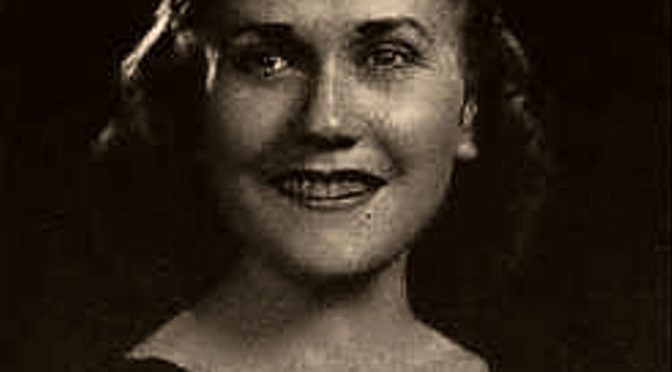

Very interesting topic (once more). Congratulations Buber!
My greatest respect for these women, whose role was better appreciated by the soldiers they served to, than by society itself.
It is little known, but in the first operation of American troops in the Mediterranean Theater of Operations, the debarkment in North Africa, the nurses had to land with the first waves of GIs.
They had to go through the surf and then confront enemy fire to provide assistance to the wounded soldiers, before there was enough time and room to set up a field hospital.
The High Command admitted that it had been a huge mistake and, fortunately, it never happened again.
Later on, during the Italian campaign the German Luftwaffe bombed and sunk at least one hospital ship, despite the big red crosses painted on it, killing several American nurses.
My most profound respect to these brave women.
Thanks for your thoughts, Fernando, and for telling me about some of that other history. It is amazing what these women did to support the war effort.
My Amama and her sister served in WWII as Navy WAVES. Bene Mingo Schaffner and Virginia Mingo Shelley from Mullan/Boise, ID. Both served 1943-1945.
Thanks for sharing Lauren!